The Bolivia History is a compelling narrative that unfolds across the epochs, reflecting the rich tapestry of indigenous cultures, the challenges of Spanish colonization, the struggles for independence, and the complex socio-political landscape of the modern era. Situated in the heart of South America, Bolivia’s history is marked by its diverse landscapes, indigenous heritage, and the interplay of various cultural influences. In this comprehensive exploration, we will delve into key periods and milestones, unraveling the layers of Bolivia’s complex and fascinating history.
Pre-Columbian Bolivia:
Long before the arrival of European explorers, the region now known as Bolivia was home to advanced pre-Columbian civilizations. Notable among these were the Tiwanaku and the Wari cultures, whose intricate architectural remains and artifacts attest to their complex societies.
Tiwanaku, centered near Lake Titicaca, was a major cultural and political center between the 6th and 10th centuries. The city featured impressive structures, such as the Akapana pyramid, and played a crucial role in the development of Andean cultures.
The Wari Empire, which flourished between the 7th and 10th centuries, extended its influence across much of the Andes, with administrative centers and road networks connecting distant regions. These pre-Columbian civilizations laid the groundwork for the rich indigenous cultures that would persist through the centuries.
Spanish Conquest and Colonial Era (16th – 19th centuries):
The Spanish conquest of the Inca Empire, which included parts of present-day Bolivia, began in the 16th century. Francisco Pizarro’s lieutenant, Sebastián de Belalcázar, played a key role in the conquest of the Andean region.
In 1538, the Spanish established the Audiencia de Charcas, a jurisdiction encompassing parts of present-day Bolivia and Argentina. Potosí, with its rich silver mines, became one of the wealthiest and most populous cities in the Americas during the colonial era.
The exploitation of indigenous labor in mines and agricultural estates, along with the imposition of Spanish culture and religion, marked the colonial period. The indigenous populations faced oppression, forced labor, and the introduction of European diseases, leading to a significant demographic decline.
The Catholic Church played a central role in the colonization process, with missions and religious institutions established throughout the region. The blending of indigenous beliefs with Catholicism gave rise to syncretic forms of worship, reflected in festivals and rituals that continue to shape Bolivia’s cultural identity.
Struggles for Independence (19th century):
The winds of independence that swept across Latin America in the early 19th century reached the region of Upper Peru, encompassing present-day Bolivia. Influenced by Enlightenment ideals and inspired by the successful independence movements in neighboring countries, Bolivians began to envision a future free from Spanish rule.
The first call for independence in Bolivia came in 1809 with the Chuquisaca Revolution. The city of Sucre, then known as Chuquisaca or La Plata, became a focal point of early revolutionary efforts. However, these initial attempts at independence faced strong opposition from loyalist forces, and the region remained under Spanish control for several years.
The turning point came in 1825 when the decisive Battle of Ayacucho in Peru led to the end of Spanish rule in the Andean region. On August 6, 1825, Simón Bolívar, the liberator of several South American nations, established the Republic of Bolivia, naming it in honor of himself. Sucre, the site of the initial revolutionary efforts, became the constitutional capital.
Early Republican Era and Territorial Wars (1825 – 1884):
The early years of the Republic of Bolivia were marked by political instability, territorial disputes, and conflicts with neighboring countries. The new nation faced internal divisions, with competing interests and power struggles among different factions.
One of the significant challenges Bolivia faced during this period was the loss of access to the Pacific Ocean. The War of the Pacific (1879–1884) against Chile and Peru resulted in Bolivia ceding its coastal territories to Chile, including the valuable port of Antofagasta. The outcome of the war profoundly impacted Bolivia’s geography and economic prospects, leaving the nation landlocked.
Rubber Boom and Economic Exploitation (late 19th – early 20th centuries):
The late 19th and early 20th centuries saw Bolivia caught in the currents of the rubber boom, a period of economic expansion driven by the demand for rubber in the global market. The rubber-rich territories of the Amazon basin, known as the “Llanos de Mojos,” became a focal point of economic activity.
The exploitation of rubber led to significant social and environmental consequences. Indigenous populations were subjected to forced labor, and the extraction of rubber had devastating effects on the Amazon rainforest. The exploitation of indigenous labor and the abuses of the rubber industry left a lasting impact on Bolivia’s social fabric.
Chaco War and Military Coups (1932 – 1952):
The 20th century brought further challenges to Bolivia, including territorial conflicts and political instability. The Chaco War (1932–1935) with Paraguay over the Chaco region was a devastating conflict that resulted in significant loss of life and territory for both nations.
The war had profound economic and social repercussions, exacerbating existing grievances and contributing to a period of political turbulence. Military coups became a recurring feature of Bolivian politics during the mid-20th century.
In 1952, a landmark moment occurred with the Bolivian National Revolution. A coalition of left-wing political forces, including the Revolutionary Nationalist Movement (MNR), led a popular uprising that resulted in the overthrow of the military regime and the establishment of a more inclusive and progressive government.
Bolivian National Revolution and Social Reforms (1952 – 1964):
The Bolivian National Revolution of 1952 marked a transformative period in the nation’s history. The MNR, led by Víctor Paz Estenssoro, implemented a series of sweeping social and economic reforms. These reforms included the nationalization of mines, agrarian reforms, and the extension of voting rights to the indigenous population.
The revolution aimed to address longstanding inequalities and empower marginalized sectors of Bolivian society. Indigenous communities, which had faced centuries of discrimination, gained greater representation and rights.
However, political instability persisted, with successive governments facing challenges in implementing reforms and maintaining social cohesion. The 1964 coup led by General René Barrientos Oropeza marked the end of the MNR’s reformist agenda and the beginning of a period of military rule.
Military Rule and Return to Democracy (1964 – 1982):
The 1964 coup marked the start of a series of military regimes that governed Bolivia for nearly two decades. These years were characterized by political repression, human rights abuses, and attempts to suppress dissent.
During this period, Bolivia faced challenges related to economic mismanagement, social unrest, and a lack of political stability. The military regimes sought to maintain control through authoritarian measures, leading to tensions with various sectors of society.
The return to civilian rule in 1982 marked a pivotal moment for Bolivia. The transition to democracy brought hope for political stability and inclusive governance. The subsequent decades saw a series of democratic governments, each facing the challenges of economic development, social justice, and indigenous rights.
Coca Wars and Political Shifts (1980s – 2000s):
Bolivia’s modern history is intertwined with the contentious issue of coca cultivation and the war on drugs. The cultivation of coca, a traditional crop with cultural significance for indigenous communities, became a focal point of international efforts to combat drug trafficking.
Bolivia faced pressure from the United States to eradicate coca cultivation, leading to conflicts between the government and coca farmers. The tension reached its peak during the “Coca Wars” of the 1980s and 1990s, with protests and social movements challenging the U.S.-backed anti-drug policies.
Evo Morales, an indigenous leader and coca farmer, emerged as a prominent figure during these conflicts. His leadership and advocacy for indigenous rights and coca cultivation gained widespread support. In 2005, Morales made history by becoming the first indigenous president of Bolivia.
Evo Morales Era and Plurinational State (2006 – 2019):
Evo Morales’s presidency marked a period of significant political and social change. Under his leadership, Bolivia underwent constitutional reforms, officially becoming the Plurinational State of Bolivia in 2009. The new constitution recognized the country’s multicultural identity and granted increased rights to indigenous communities.
Economic policies under Morales focused on nationalization of key industries, including natural gas and telecommunications, contributing to economic growth and poverty reduction. However, his presidency was not without controversy, including debates over environmental policies and concerns about concentration of power.
In 2019, Morales faced allegations of electoral irregularities, leading to protests and calls for his resignation. Morales fled the country, and a period of political uncertainty followed. Jeanine Áñez assumed the interim presidency, and Bolivia underwent a tumultuous transition.
Return to Democratic Governance (2019 – Present):
In 2020, Bolivia held new presidential elections, resulting in the election of Luis Arce, a member of Morales’s political party, the Movement for Socialism (MAS). Arce’s victory marked the return of the MAS to power and a reaffirmation of the party’s influence in Bolivian politics.
The return to democratic governance brought hopes for political stability and continuity in addressing social and economic challenges. Bolivia continues to grapple with issues such as poverty, inequality, environmental sustainability, and the rights of indigenous communities.
Conclusion:
Bolivia’s history is a journey through the complexities of indigenous civilizations, Spanish colonization, struggles for independence, economic exploitation, political turmoil, and the ongoing quest for social justice. The nation’s diverse cultures, influenced by indigenous heritage and a blend of European and African traditions, contribute to its vibrant identity.
From the heights of the Andes to the vast Amazon basin, Bolivia’s landscapes mirror the diversity of its history and people. The challenges of territorial conflicts, the legacies of coca wars, and the shifts in political leadership have shaped Bolivia’s trajectory in the 20th and 21st centuries.
As Bolivia navigates the challenges and opportunities of the present, it draws upon its rich historical tapestry. The resilience of its indigenous communities, the struggles for democratic governance, and the aspirations for inclusive development all contribute to Bolivia’s ongoing narrative.
Bolivia’s history is not only a chronicle of the past but a dynamic force shaping its present and future. The nation stands at the crossroads of cultural diversity, political transformation, and the ongoing quest for a society that embraces the principles of equality, justice, and sustainable development.


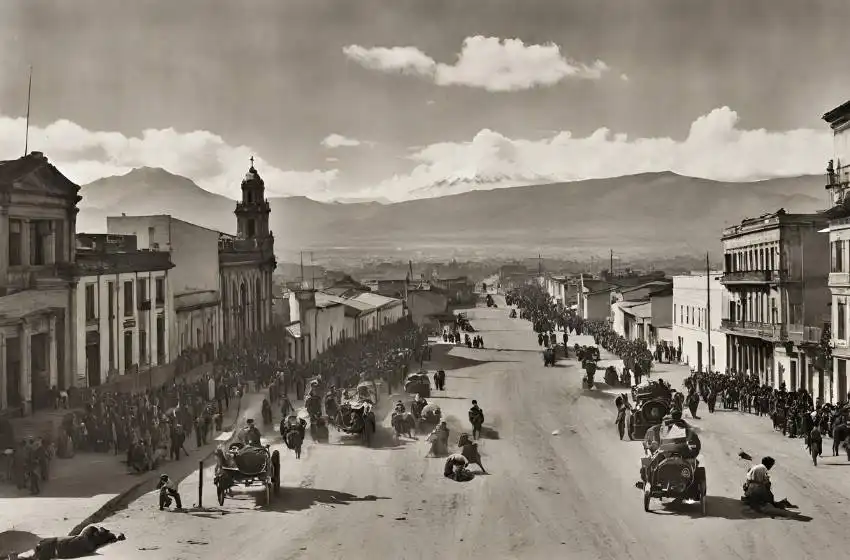
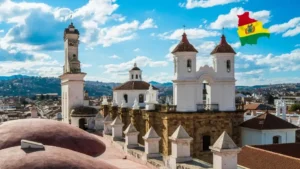
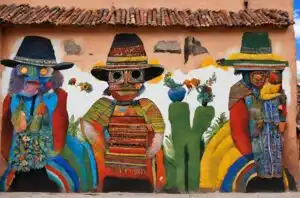

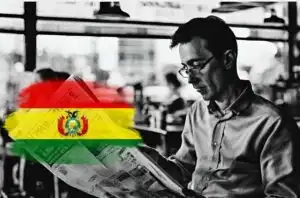
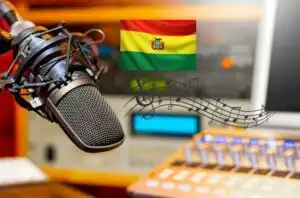
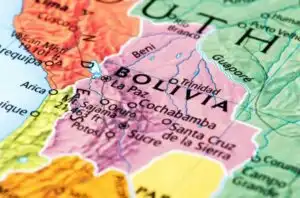
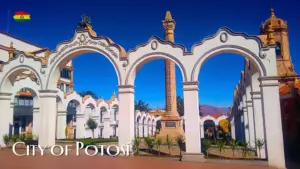
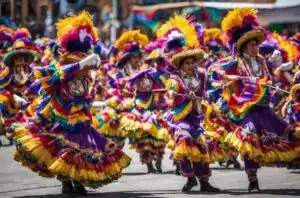
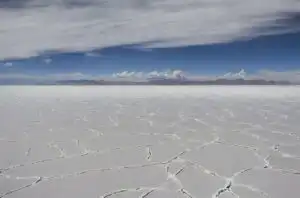
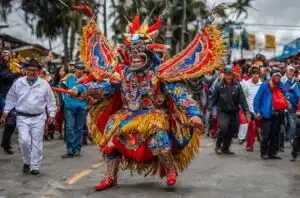
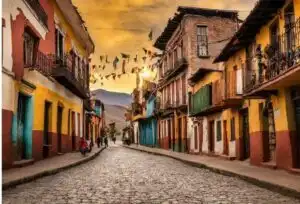
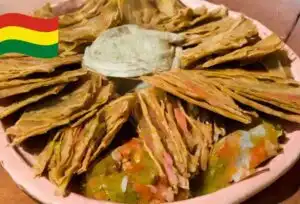
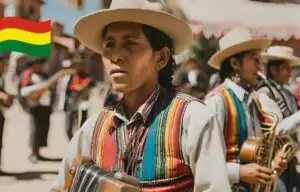
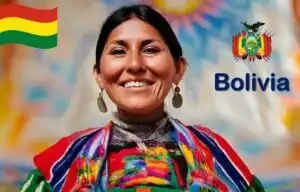
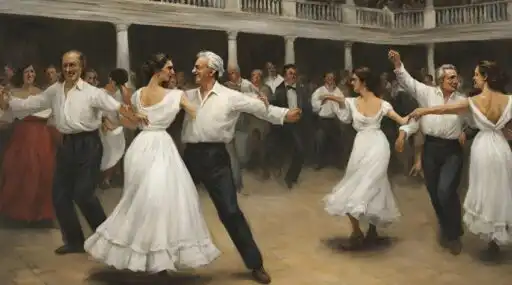



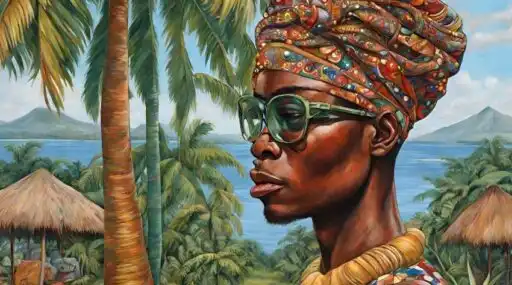
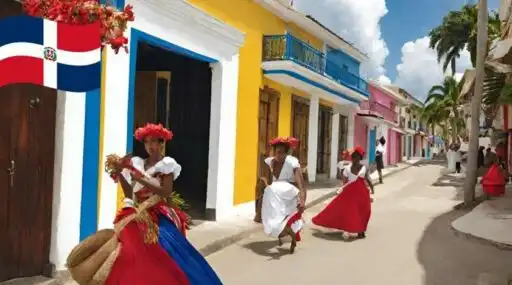
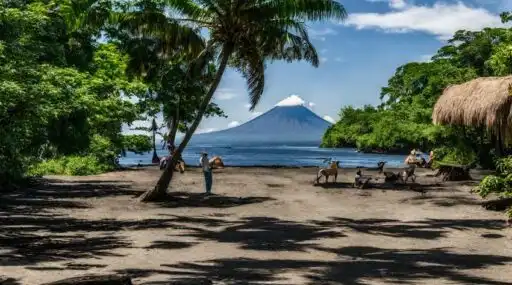

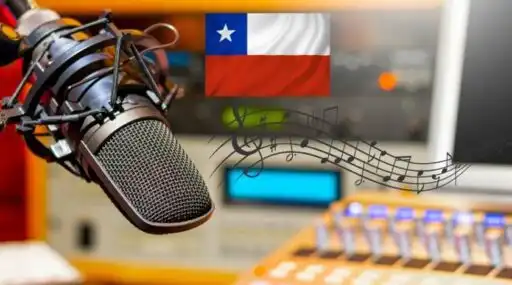

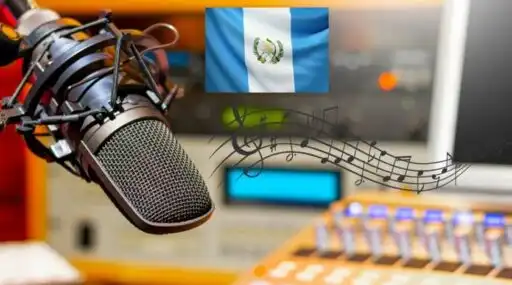
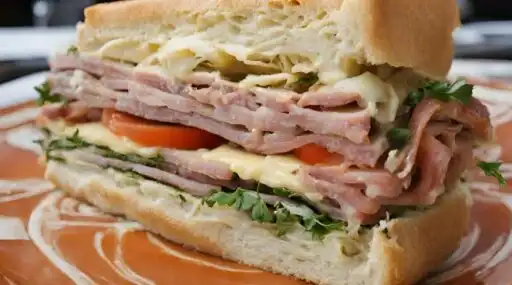
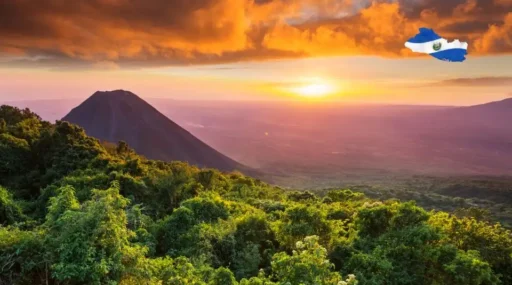

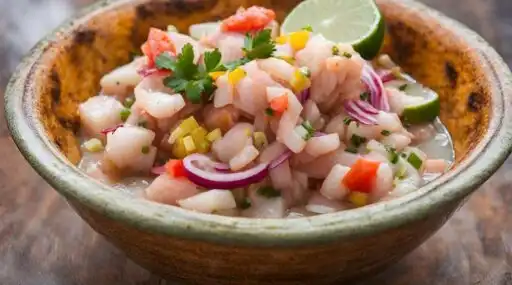
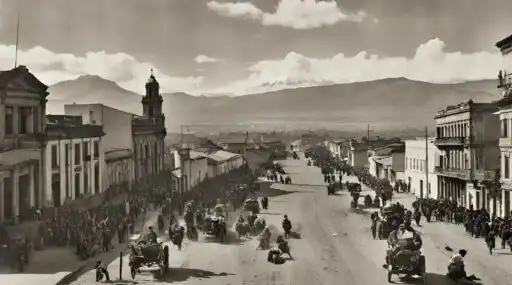

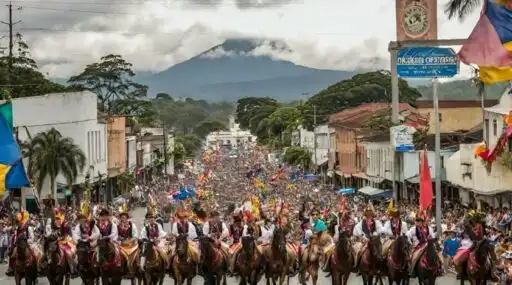
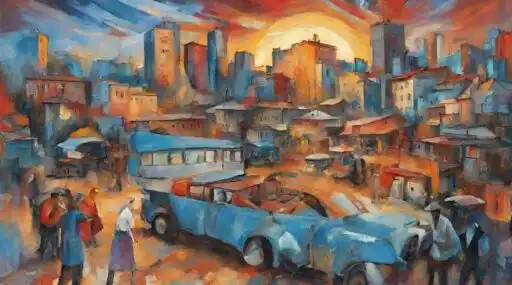
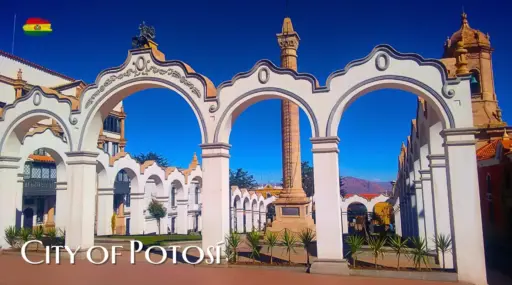
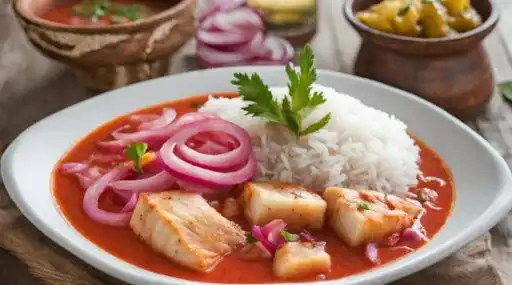


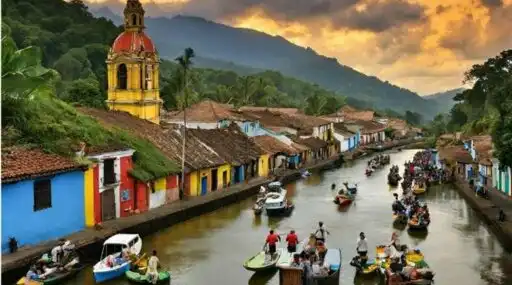

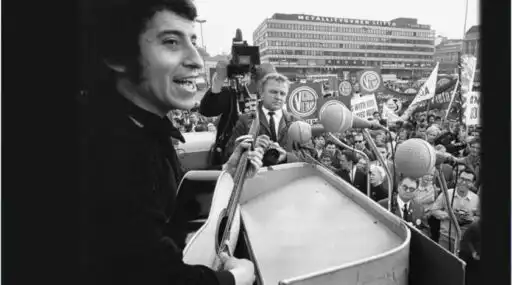

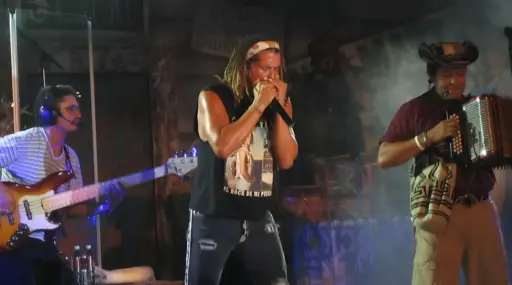
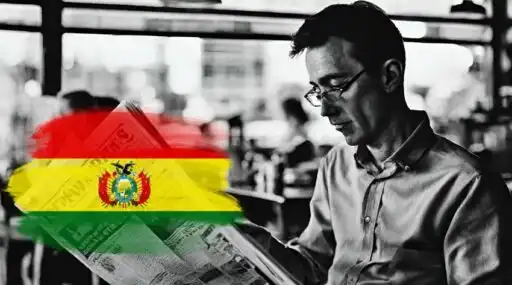
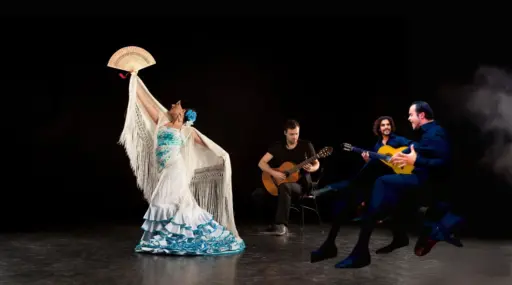
Leave a Reply